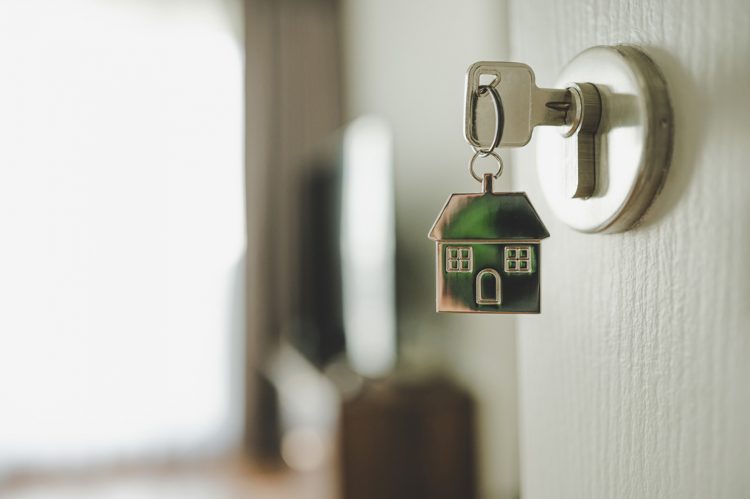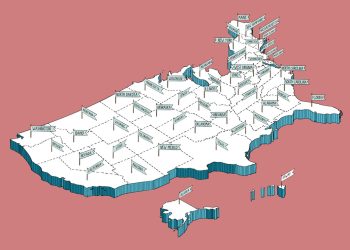Rising mortgage rates and a shortage of newly built single-family homes have made the dream of owning a small, affordable home unattainable for renters who would like to make the move to homeownership. After the latest mortgage rate hike, renters in 46 of the 50 largest U.S. cities can no longer afford a starter home, up from 44 just two months ago, according to a new report from Point2 released this week.
Stay Connected with REW CRM’s Push Notifications
Stay on top of every opportunity with real-time alerts for key activities such as lead assignments and new inquiries. Instant updates mean faster responses, more conversations and higher conversion rates. Learn more.
Business Tip of the Day provided by
Categories
The Most Important Real Estate News & Events
Click below to receive the latest real estate news and events directly to your inbox.
By signing up, you agree to our TOS and Privacy Policy.












